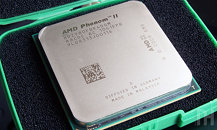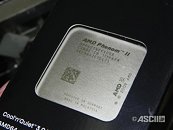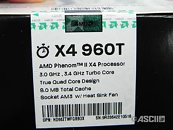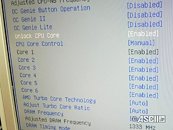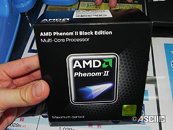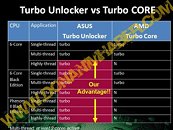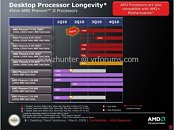
AMD Bulldozer A Surprisingly Sell-Out Sales Success. Victims: Phenom II & Athlon II
AMD's new Bulldozer "FX" series of processors may be very lacklustre performers in reviewer's benchmarks and have garnered considerable scorn in enthusiast circles, but they're a very good performer for AMD's bottom line. Incredibly, they are selling out as soon as shops get them in stock - and they are not even priced very competitively against Intel's offerings, so perhaps the "It's an 8 core CPU!!" marketing is working well on the uninformed "enthusiast" after all? Mind you, what enthusiast, however uninformed, wouldn't know exactly how these products perform? Every tech website and computer magazine has covered these chips by now. The mind boggles.
